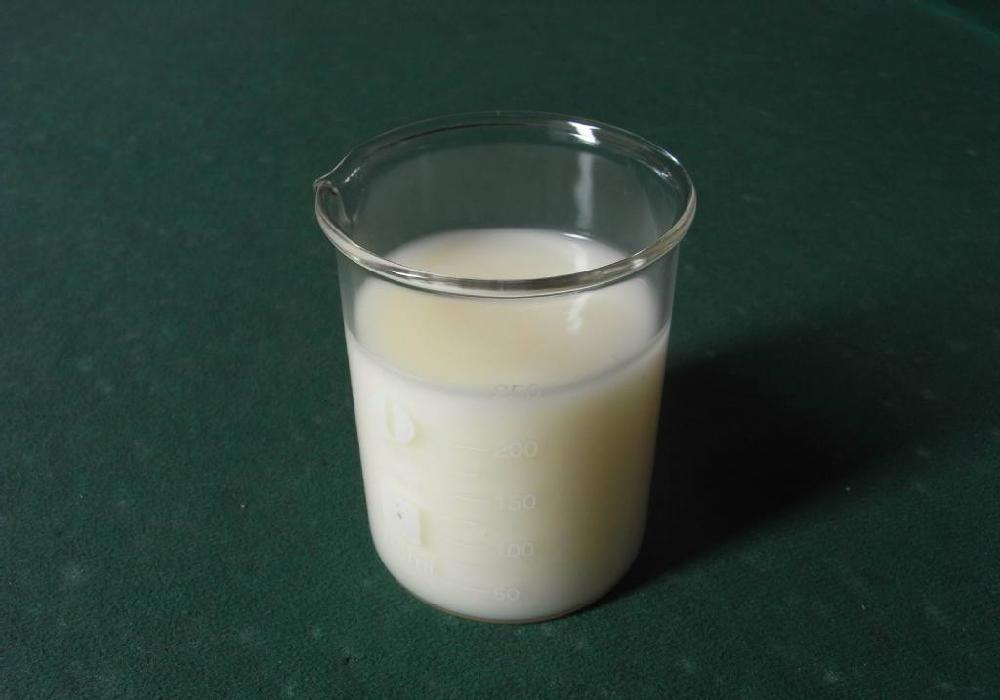Acrylic emulsions are widely used in various areas of the coatings industry because of their versatility, versatility and weather resistance. Water-based acrylic emulsion is produced by emulsion polymerization of vinyl monomers, mainly acrylate monomers. During the polymerization process, various additives such as emulsifiers, stabilizers, and pH regulators are added, making the system complex.

The paint film made of water-based acrylic emulsion has good weather resistance, is not prone to yellowing, has high hardness and good gloss. In recent years, with the continuous development of water-based acrylic emulsion polymerization technology, multi-phase polymerization, core-shell technology, self-crosslinking technology and the application of polymer surfactants, and core-shell polymerization have further improved and improved the performance of water-based acrylic emulsion. The properties of water-based acrylic emulsion allow it to adapt to the needs of different construction and use conditions, and its uses are constantly expanding. KDD Kedinggong Materials will launch a series of water-based acrylic emulsions at the end of 2020, with good physical properties and low VOC, which meets the needs of social environmental protection development. Nowadays, the application of water-based acrylic emulsions has expanded to industrial uses with higher performance requirements.
The composition of water-based acrylic resin is an issue that needs to be considered in the formulation of water-based acrylic emulsion. Therefore, when formulating a water-based paint formula, the choice of emulsion raw materials is the most important decision for engineers. The main performance of the coating is determined by the resin. There are many types of water-based acrylic emulsions, including polystyrene-acrylate emulsions, and they are mixed on the market. Different water-based acrylic resin compositions have a great impact on the film-forming properties and costs of water-based paints.
On the market, water-based acrylic resin manufacturers have a lot of choices for monomers. Not only can they change their types, but they can also change their relative proportions and ingredients. When water-based paint manufacturers choose water-based acrylic emulsions, they should not only consider empty conceptual words such as “pure acrylic” or “styrene-acrylic”, but should use the actual performance of water-based acrylic resin and its formula as the criterion.

 微信扫一扫打赏
微信扫一扫打赏

